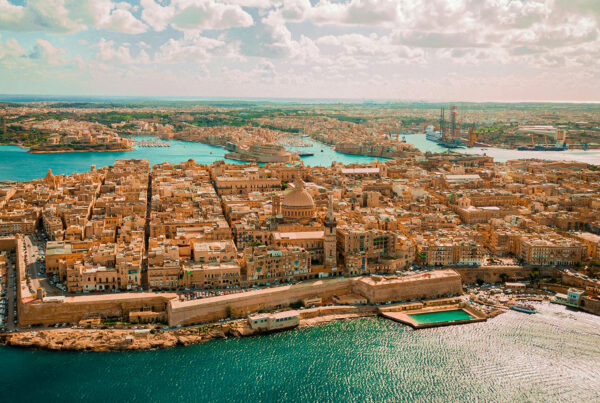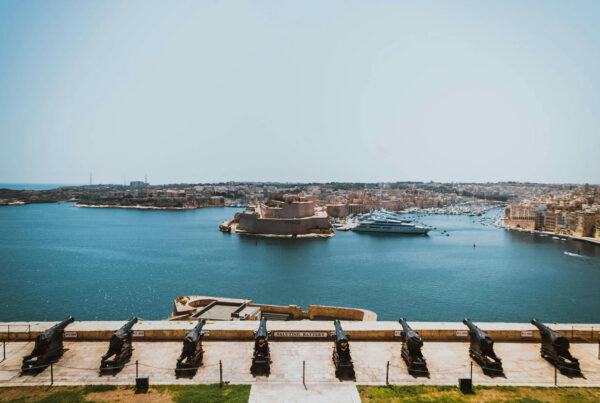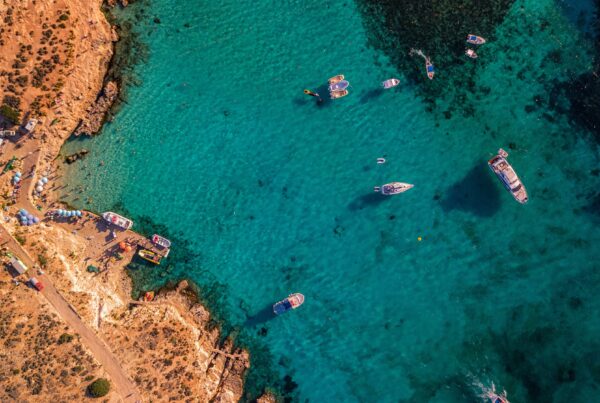The first inhabitants of Malta date back as far 5900 BC, these ancient farm folk over worked the land and the islands remained uninhabited until almost a thousand years later – this growing society built the megalithic temples which can still be visited today and are a UNESCO world heritage site.
This civilization ultimately collapsed only for the island to be repopulated by various colonies over the generations. Centrally located in the Mediterranean and surrounded by a multitude of larger reigning populations, Malta has always been deemed an important strategic location with shallow harbors ideal for mooring and docking boats. In 218 BC Malta fell into the hands of the Romans and remained there until a siege in 870 AD. You can visit the beautifully preserved Roman Villa or the catacombs of St. Paul which were used as a burial ground during this period along with other preserved catacombs dotted around the island. This is also the period that saw the shipwreck of St. Paul on the islands as documented in the bible – you can catch a boat trip to St. Paul’s Island and see the statue erected to commemorate the event.
https://www.visitmalta.com/en/a/st-paul-in-malta/
This period of history finally gave way to Arab rule (clearly notable influences of Arab culture remain in the local language, food and architecture). Malta became a trade hub and renowned for ship building. The countries fortifications were strengthened, you can visit the towns of Mdina, Rabat and Birgu to see the beautiful fortifications that protected the towns and villages from constant conquest.
Finally after passing hands several times over the years that followed, the Islands were given to the Order of St. John who ruled them as a part of Sicily. They ruled for 35 years until the Ottoman Empire attempted to take over and the Great Siege of Malta took place in 1565. This famed Siege put into question the invincibility of the ever expanding ottoman empire and is not the first time in history the small island has proved itself hardy in battle. The knights continued to rule Malta for two centuries and Malta flourished – you can visit the capital city of Valletta built by Jean de la Valette and named in his honour for his defeat of the Ottomans.
The order was eventually expelled by the French in 1798 and this marked the beginning of French occupation in Malta however this did not last long and Malta, helped by the British removed French Rule from the Island and became a de facto British colony. Malta became an important naval base for the British and a major target during the second world war. The British influence in Malta is extremely notable as English is the Islands official language along with Maltese. The Maltese also use British three pin plugs and drive on the left hand side.
Divers can enjoy visiting several sunken WWII War Ships and unexploded missiles – an unmissable attraction for any that enjoy diving.
Malta finally won her independence in 1974 and has ruled with autonomy since then. The various cultures that ruled over the island throughout the years are all very evident in the Maltese Culture. Should you want to learn more about the Islands colorful history you can visit various attractions which outline the events that define the Maltese.



